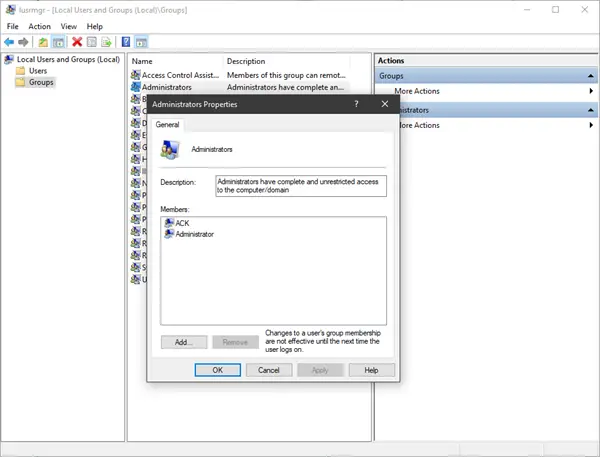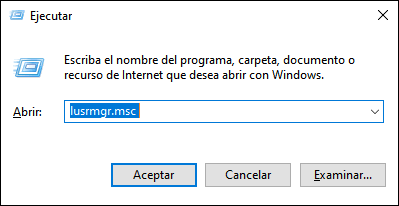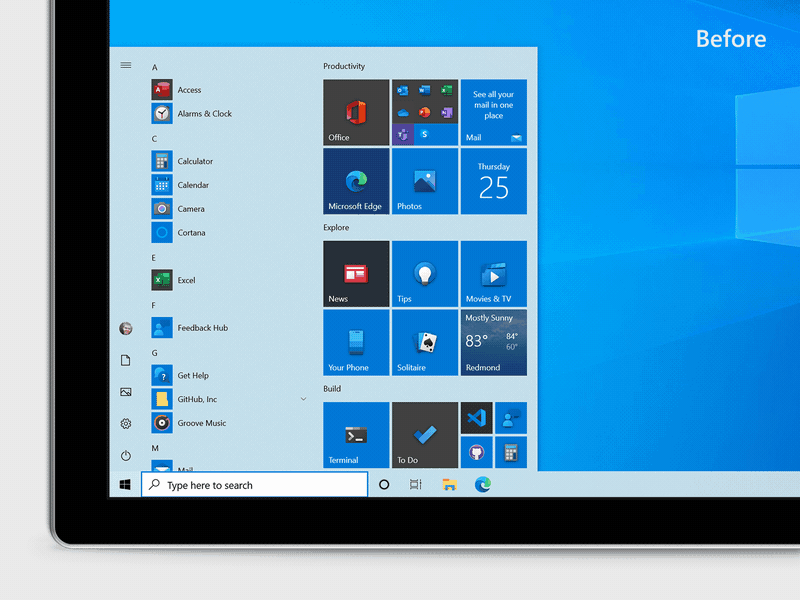

All the user accounts you have created on your Windows 10 PC.What are the user accounts found on every Windows 10 computer? There are not as many as you might think. List of user accounts shown by lusrmgr.msc In the Users folder, you see all the user accounts available on your Windows 10 PC, including accounts that are hidden or disabled.



How to find and manage users in Windows 10 with “Local Users and Groups” (lusrmgr.msc) Regardless of how you chose to open Local Users and Groups (lusrmgr.msc), this is where you find all the user accounts and groups that are configured on your Windows 10 computer or device, split into two folders: Users and Groups. Running the lusrmgr.msc command opens the Local Users and Groups console directly, without loading it in Computer Management. You can do it from the Run window (Win + R), Command Prompt, or PowerShell. Local Users and Groups in Computer ManagementĪn alternative way to open Local Users and Groups is to run the lusrmgr.msc command. In Computer Management, select “Local Users and Groups” on the left panel. Open Computer Management - a quick way to do it is to simultaneously press Win + X on your keyboard and select Computer Management from the menu. This tool shows you the “visible” user accounts, as well as all the hidden user accounts and groups that are available on the system but are disabled by default, such as the Administrator account. In Windows 10, the Local Users and Groups snap-in, also known as lusrmgr.msc, offers the best way to see all the users and groups configured on the system. How to find all users and groups in Windows 10 using “Local Users and Groups” (lusrmgr.msc) IMPORTANT: Local Users and Groups (lusrmgr.msc) is available only in Windows 10 Pro and Enterprise.


 0 kommentar(er)
0 kommentar(er)
